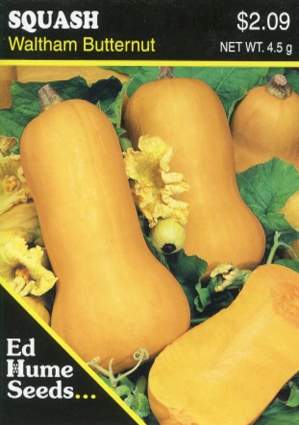SOWING: Sow seeds as soon as soil can be worked in early spring. Sow seeds 6 inches apart in rows 18 to 24 inches apart covering with 1/8″ fine soil well pressed down. Plant kale again in late July through August for fall and wintercrops.
THINNING AND SPACING: Thin to 18-24 inches apart in rows 2 to 3 feet apart.
GERMINATION: One to two weeks depending upon weather and soil warmth. Keep soil moderately moist during germination.
Ed’s Special Advice: Kale grows and tastes best when planted in a sunny location in a moderately moist rich soil during cooler weather. Harvest outer leaves as plant becomes well established, pick younger leaves for fresh use. Harvest late crops during fall and winter months. A rich source of vitamins and minerals.
SEED SAVING: Biennial. Allow plants to overwinter to flower and seed. Harvest dry seed pods and hang them in paper bags to dry. Pods will burst when fully mature. Store in cool, dry place.





ANABEL CURRY –
I took a packet of kale seeds back to England. It grew well and the leaves were harvested for much of the winter and spring. It is milder and more palatable than many varieties. (The slugs love it too!) This variety seems not to be available from seed merchants here where curly kale is the norm. It has self-seeded in my garden but I have also collected its seeds for future years.
Jacqueline B. (verified owner) –
People who think they don’t like kale, like this kale. The smooth leaf makes it easy to eat, not “scratchy” or tough. It is mild flavored and delicious raw or cooked. I chop up excess when there is more than we can eat, and freeze it flattened in ziplock freezer bags, so I can break off a chunk for cooking or smoothies between crops. I have grown it outdoors in Portland in the spring and fall, and now that I am in Arizona, I grow it indoors year round in a hydroponic garden. It has been successful both ways.